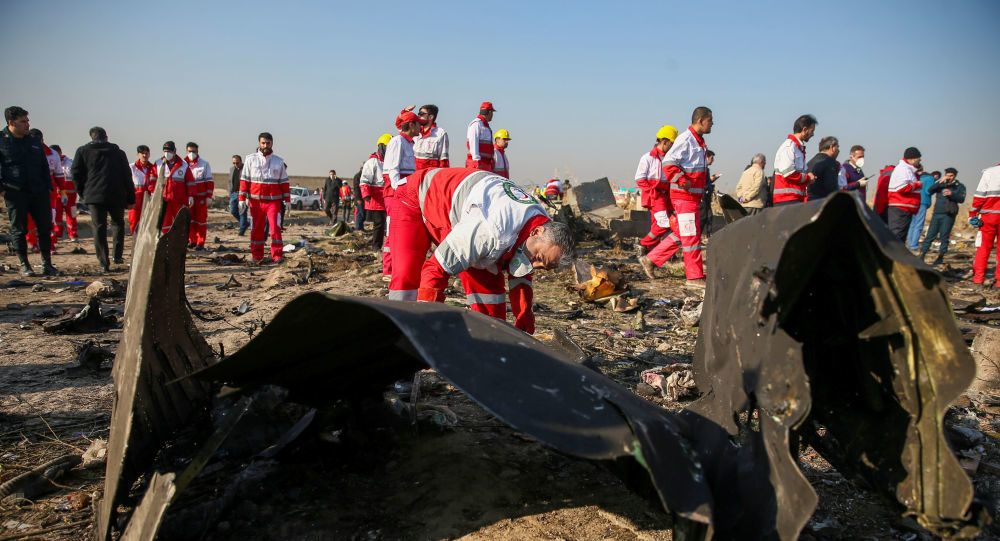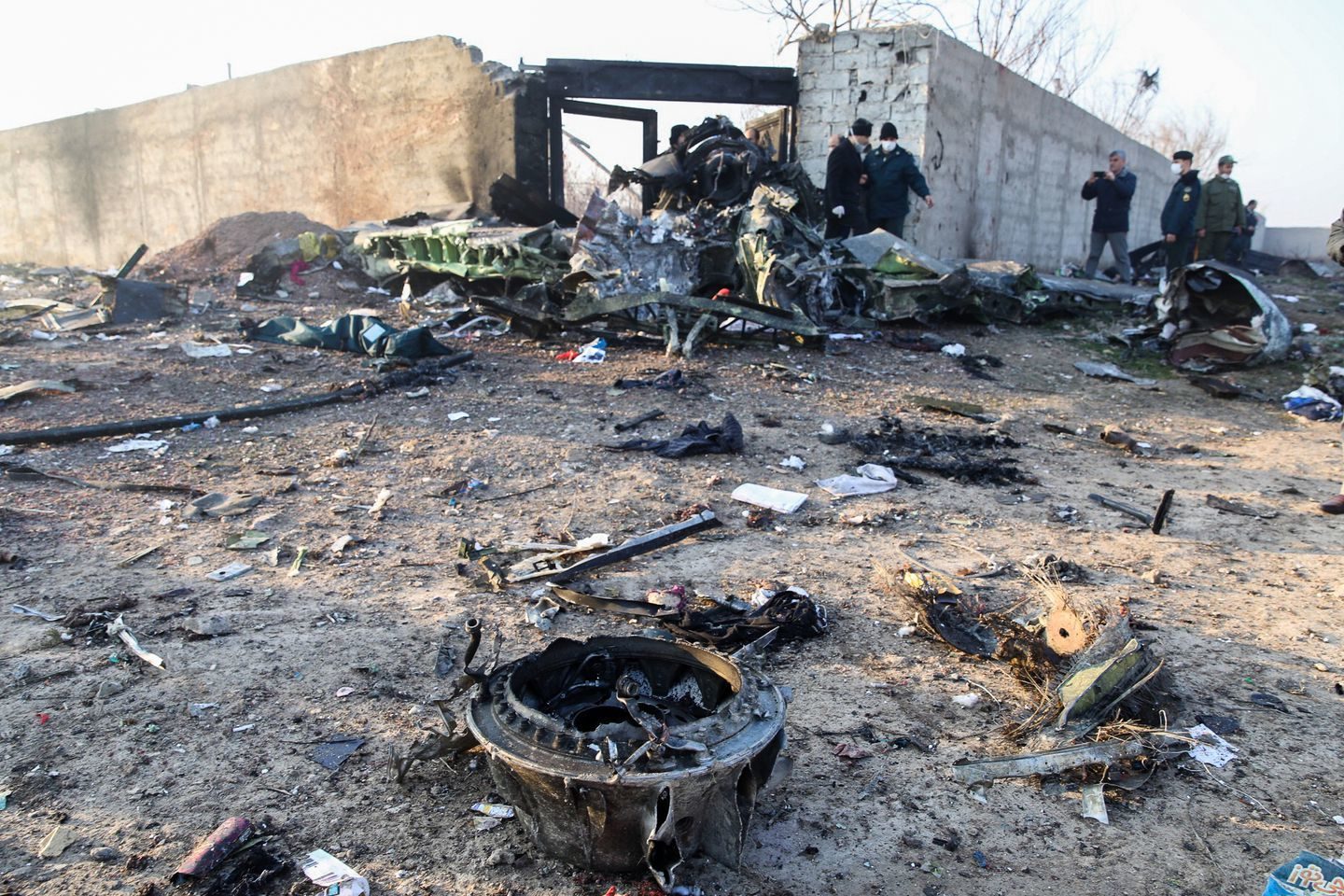What we know from our investigations and from what our friends explained is that, well, at that night, for example from [Tuesday] evening, the level of preparedness was at wartime conditions; the highest alert level communicated by the integrated air defence to all systems. Under such circumstances, a number of air defence systems was added to Tehran’s air defence ring. The first system – which was behind the incident – was deployed in Bidganeh in western Tehran.
An integrated air defense system provides a full picture of the air situation to all connected units. Fixed radars, defense missile units and command and control centers are connected by secure landlines, not by radio.
But the mobile Tor M1 system responsible for shooting down the Ukrainian airliner was added as a stand alone system. It is an relatively old system. Its operators
only had a voice radio connection to other parts of the network. If they had a data connection at all it was also via radio and with very little throughput.
The system did not have the full picture of the air situation. Its own radar has
a maximum detection range of 25 kilometer (16 miles). In most practical situations it will be a lot less than that. Bidganeh, where the system was deployed, is some 30 kilometer away from Tehran airport. The Tor operator did not know that a civil airplane had just taken off:
At several stages, the Alert Level 3, which is the highest level, is communicated and emphasized to the entire network. So all air defence systems were at highest alert level. For several times, these systems including the one involved in the incident were notified by the integrated network that cruise missiles have been fired at the country. For a couple of times, they receive reports that ‘the cruise missiles are coming, be prepared’.
This is the normal 'fog of war' situation in which misinformation, or electronic interference, causes false alarms and where confusion sets in.
So you see the systems were at the highest alert level, where you should just press a button. They had been told cruise missiles were coming, and the air defence unit engaged in this incident and fired a missile. Now we have arranged an interview with this operator, which will be released soon as part of the plan to publicize the issue. He says in this interview that “we requested for several times that the country’s airspace be cleared of [civilian] flights.’ At the Alert Level 3, this is normal; such requests are made; well our dear brothers didn’t follow up the issue for certain considerations. So the planes fly despite the wartime situation.
This the major political issue, not a military one.
Iran's strategic intent after the U.S. assassination of its national hero Qassem Soleimani was to project defiance to the U.S. Its revenge missile barrage on the U.S. base in Iraq was fired despite harsh U.S. warnings and threats of war against Iran.
The pin point hits on the selected targets, mostly maintenance shacks, was a warning that demonstrated Iran's capabilities. I think it was necessary and worth the risk.
The political level decided that by leaving the airspace open and by showing normalcy it would further its strategic objective. Closing the airspace would have allowed the U.S. to claim that Iran is fearing its response and that it had shown weakness. The decision to not close the airspace was, I believe, strategically correct. But it had tactical costs which turned out to be high.
In those moments when the incident happens, this air defence unit realizes that there is a target – which it identified as a cruise missile – at a distance of 19 kilometres. [...] Given the information sent to this operator – that it is a wartime situation and a cruise missile has been fired – this poor guy identifies it as a cruise missile.
The Tor M1 was developed in 1991.
The radar signals it generates are shown on an analog tube-screen. The radar's 'hits' on the screen are difficult to discriminate. At best one has speed, height and direction of a target and must draw conclusion from that. The Boeing jet broadcast the usual civil
ADS-B signal but one has to expect that a U.S. cruise missile can and would do the same. The speed of the still climbing Boeing 737 was
about 250 knots or 460 kilometers per hour (286 mi/h). That is within the range of the speed of a typical cruise missile. The plane needed a bit less than 8 seconds to fly one kilometer. That left little time for the Tor operator to decide and react.
Well at such a situation, he was obliged to contact, get approval. This is where this operator makes the mistake; but at that moment, his communication system was apparently disrupted – whether because of jamming systems or the high traffic. For that reason, he fails to contact [his commanders]. He had 10 seconds to decide; he could hit or not hit [the target]. Under such circumstances, he decides to make that bad decision; he engages, the missile is fired, and the plane is hit at this place. Then it returns through this track, and here’s the point where it hits the ground.
Radio communication can be unreliable.
The people at the other side of the operators call may have been talking to someone else or could not react immediately. Air defense personal is trained to always presume electronic interference by enemy forces. The U.S. has publicly
bragged about its cyber-attacks on IRGC systems. U.S. air attacks typically come behind a wave of electronic countermeasures.
Under these circumstances - highest possible alarm level, current warnings of hostile cruise missiles, unknown target flying towards a presumably military objective, lack of communication, little decision time - the operator of the Tor system did what he was trained to do.
...




